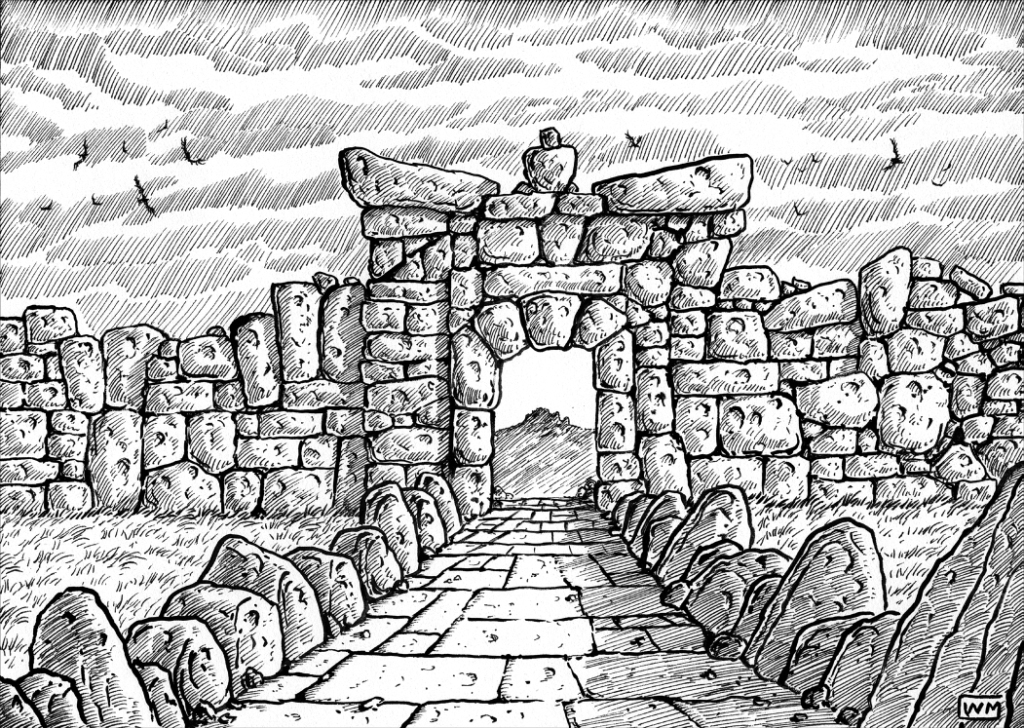A dungeon needs to be so much more than a hole in the ground stuffed full of monsters and treasures. A dungeon without a purpose is a poor dungeon indeed.

In almost all cases, someone at some point made the decision to build the dungeon. An undertaking of such magnitude is unlikely to be done on a whim. Whoever built the dungeon did so for a specific purpose. That purpose shapes the layout and feel of the place. There are several types of dungeon:
- Fortress or Refuge: Built as a place to withstand a natural disaster or one’s enemies the dungeon is heavily fortified. Entry is difficult and likely individual levels, sub-levels or places of importance will feature additional defensive points.
- Lair or Home: Some villains feel safer underground and live there with their minions. Such a location will have everything the villains needs for long-term living. A villain’s personal quarters will be the most defensible location.
- Mine: Built to find minerals, metals or gems a mine is likely a long, rambling affair. It lacks many of the features of a normal dungeon and may or may not be still active.
- Temple: Built to venerate a deity (or possibly a whole pantheon) a dungeon designed as a temple was likely built to worship a power of darkness or death. Alternatively, a temple dedicated to a good deity may have been built to ward approaches to an entry to the Ebon Realm or other place of fell aspect.
- Tomb, Crypt or Sepulchre: Built to house the earthly remains of some great personage, a tomb, crypt or sepulchre is likely to have undead within. It is also likely to have many shrines. It could house one body, or thousands.
- Cellar: Originally built as a cellar to an above ground building such as a castle or church, the dungeon has survived the destruction of the above structure.
- Sewer: Built to carry waste away from a settlement, a sewer is a filthy, loathsome place.
- Colony or Community: Some communities choose to live underground. Such locations are often extensive and ramble over several levels. They contain everything needed for underground life.
It’s also important to remember a dungeon might not still serve its original purpose. New inhabitants may use it for their own purposes. If this is the case, the new inhabitants will modify the dungeon to suit their own needs.
Help Fellow Gamers
Do you have any other dungeon design tips related to this topic? If you do, please leave them in the comments below and help your fellow GMs design better dungeons today!
This article is part of Dungeon Design Fortnight. Dungeon Design Fortnight celebrates Raging Swan Press’s upcoming release of GM’s Miscellany Dungeon Dressing – a huge 336-page tome dedicated to all aspects of dungeon design and dressing. This article, along with loads of other useful information, appears in the book. I’m insanely proud of GM’s Miscellany Dungeon Dressing and I hope if you are thinking about designing dungeons you check it out.
If you’re running a campaign world such as Eberron, no reason you couldn’t have a proper underground. Not only do you have to explore, you better be out of the way when the lightning rail train shows up 🙂